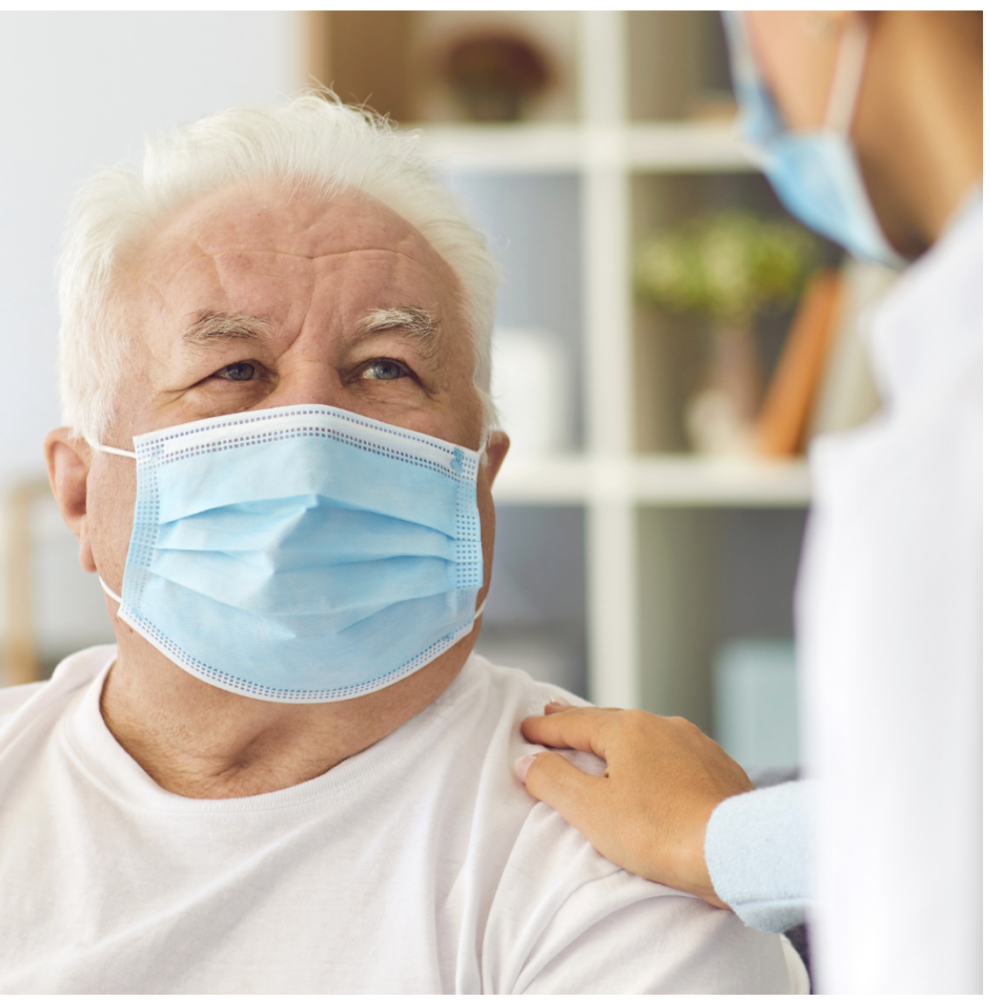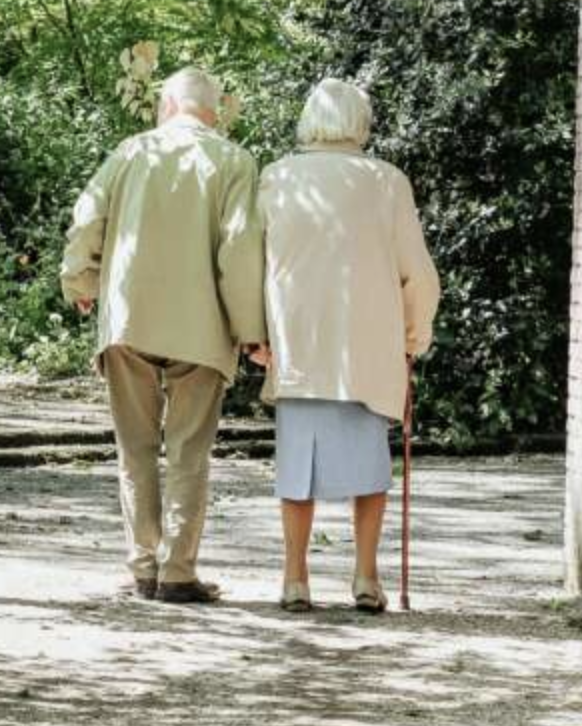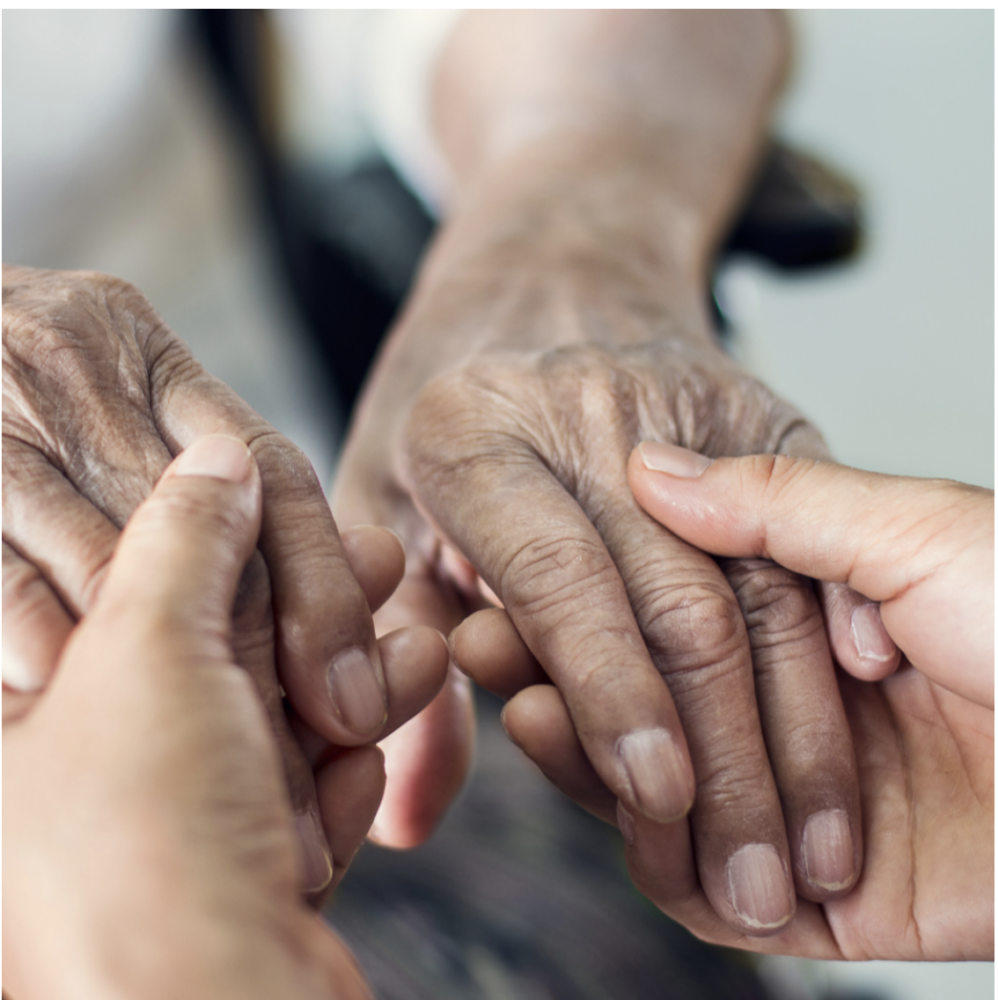Living with Covid-19 in 2022 involves moving from ‘crisis’ to ‘business as usual’. OLIVIA LOUKAS reflects on those aspects of 2021 Covid-19 management that need to improve to secure this transition safely.

Confusion still exists.
Living with Covid-19 in 2022 means continuing to manage it. A surge of cases is expected in the coming Australian autumn, due to the arrival of the Omicron Stealth BA.2 variant. Fortunately, intensive care and general hospitalisations are expected to remain stable, despite this surge.
But as the pandemic enters its third year, and the general public ‘signs out’, confusion about the virus, either due to misinformation or constantly changing public health guidelines, is rampant.
Important is the way the new Omicron variant differs from the Delta strain, and equally important is the communication about these differences to the public.
In particular, government messaging to vulnerable and often isolated groups is an issue of great concern to Good Grief! In NSW, examples of the communities we’re thinking of include English as a Second Language (ESL) communities and the elderly.
We believe these communities need to be supplied with accurate, accessible and up-to-date information, if we are to live with Covid-19 in 2022, accepting it as an endemic disease.
We understand the difficulty reaching the elderly. While 5.2 per cent live in aged care accommodation, including nursing homes, that means 94.8 per cent do not. In 2022, we need to come up with better ways to communicate with this group, so that they do not live half-lives due to fear. In particular, 26.8 per cent of older Australians live alone, often rendering them isolated from crucial community services and up-to-date information.
Omicron vs Delta – clinical experience is confirming the differences.
Epidemiological data – and lived experience – suggests the Omicron strain of coronavirus is more virulent than previous strains but causes milder disease symptoms.
Omicron appears to more frequently cause disease in the upper respiratory tract, unlike other variants, which often lead to disease in the lungs.
Research from the University of Hong Kong indicates that Omicron can replicate 70 times faster in human bronchi than the Delta variant (HKUMed, 2021). However, Omicron appears to replicate at a lower rate than Delta in lung tissue. This data, although yet to be peer-reviewed, suggests that Omicron is less likely to lead to disease in the lungs, potentially decreasing the need for ventilation.
The University of California, Berkeley, has revealed that rates of “hospitalization, intensive care unit admissions, requirement for mechanical ventilation, and mortality” were significantly lower in those infected with the Omicron variant than the Delta variant (The Children’s Hospital of Philadelphia., 2022).
But was our public health information good enough?

However, the Omicron variant still has the potential to cause severe disease and death, thus it’s important the harms of COVID-19 infection continue to be communicated to the community.
Changes to the variant mean there are different symptoms to watch out for.
According to the Australian government’s HealthDirect COVID-19 Symptom Checker, COVID-19 infections can be divided into three main categories:
- Mild/asymptomatic: symptoms include a cough, lethargy, loss of smell and taste, but importantly, no shortness of breath.These patients are advised to monitor their condition at home, even if they have other risk factors or comorbidities.
- Moderate: If the above symptoms worsen, and include breathlessness while walking, a persistent fever above 38˚C or a persistent and worsening cough, patients are suffering from moderate COVID-19 and are encouraged to call their doctor within two hours (Healthdirect, 2020).
- Severe: Should symptoms continue to worsen to breathlessness at rest, unconsciousness and chest pain, patients may have severe COVID-19 and should immediately call an ambulance.
The key indicators of the severity of COVID-19 infection, according to the Symptom Checker are shortness of breath.
- Regular breathing indicates mild COVID-19,
- breathlessness during activity suggests moderate COVID-19
- and loss of breath when resting implies severe COVID-19.
However, as mentioned above, Omicron seems to target the upper respiratory tract more frequently than the lungs.
This means the symptoms of Omicron differ from those of previous variants.
This is problematic because many online symptom checkers – such as the one described above, and other COVID-19 resources, are still aligned with the symptoms of previous variants, and not the currently dominant strain.
Consequently, there is the possibility that people who are unwell may dismiss their symptoms or delay requesting medical assistance as their symptoms do not match those reflected in the current NSW government advice.
ESL Support – let’s do better next time.

As The Guardian Australia, reported in February, ‘Covid death rate three times higher among migrants than those born in Australia’ despite just 26 per cent of Australians being born overseas, ABS data showed there were 2.3 Covid-19 deaths per 100,000 people born in Australia, compared with 6.8 for those born overseas. And in addition, “People born in the Middle East had the highest death rate at 29.3 deaths per 100,000 people.”
Australian Government guidelines around COVID-19 are notoriously difficult to understand and interpret, even for the most highly educated amongst us.
Combine this with the fact that 13.8 per cent of Australians cannot read above primary school level, and this means millions of Australians are unable to understand their state’s COVID-19 restrictions or guidelines.
If the official guidelines concerning COVID-19 weren’t confusing enough, spare a thought for those from non-English speaking backgrounds, who must interpret complex medical information in a language with which they are unfamiliar.
Sherine Al Shallah, a volunteer translator, explained the harms of inadequate multicultural health information.
“Alienation that maybe some communities could feel [is] because they feel that they are not spoken to, and so they don’t understand what’s happening, and then how can they respond to it,” she said.
Since the beginning of the pandemic, there have been issues with the quality of translated medical advice.
Here are two examples.
- An Arabic poster encouraging mask use was described as ‘nonsensical’ by native speaker Deena Yako, a member of the Refugee Council of Australia (Dalzell, 2020),
- Multicultural community leaders have expressed concern that the English-only instructions in rapid antigen tests means users may be incorrectly using the kits and potentially leading to false negatives and positives (Maloney, et al., 2022).
Providing accurately translated and government-approved health information is fundamental, as it allows people to adopt recommended hygiene practices and counters misinformation. Another upside is that it maintains trust in the government.
Good Grief! is aware that in the beginning of the pandemic, government departments used the blunt instrument of Google Translate to create multilingual resources (Bali, 2021).
Since these early days, volunteer translators and various bodies such as the NSW Multicultural Health Communication Service (MHCS) have been working to disseminate accurate public health information in a variety of languages. The MHCS offers online COVID-19 resources such as brochures, posters and videos in 58 languages (NSW Multicultural Health Communication Service, no date).
Searching for ‘the pandemic NSW’ in various foreign languages leads to SBS’s free in-language coverage of the pandemic, with links to appropriate government resources. In-language information is also distributed by SBS through radio and foreign news services on television. Evidently, ESL people who lack Internet skills or who are elderly may struggle to access these services, and are more reliant upon local, community-based resources.
Attention: e-newsletter readers – the second part of your article continues from here.
In aged care, clunky and complex systems were exposed.

Providing comfort to those dying in aged care, whether of Covid-19 or another disease was fraught, as many anecdotal reports revealed. But the ‘lacks’ – unique to residential aged care have been highlighted in a study by Dr Paul Yates and Dr Emma Hack, of Melbourne’s Austin Health.
“Humanitarian crises, including the COVID-19 pandemic, affirm the need for integrated palliative care,” they said, in a report Good Grief! discussed in depth in Melbourne study confirms intense suffering for families of those dying in nursing homes during Covid-19.
Despite making up an increasing proportion of the population, and increasing numbers of residential aged care facilities, pandemic support services catering towards older Australians are lacking, with the Royal Commission into Aged Care Quality and Safety describing the aged care workforce as “under-resourced and overworked.”
The government offers online advice for older Australians managing COVID-19, but this is of limited use to those older Australians who lack digital skills. Whilst the NSW government offers Tech Savvy Seniors courses, few elderly people are aware of their existence and often end up relying upon information from their relatives, friends and carers, which can be of dubious quality, partly because it is second-hand and has been interpreted.
Older Australians living in residential aged care facilities are largely managed by their aged care provider, who is responsible for equipping residents with appropriate PPE and issuing rapid antigen tests when required. In the event a resident develops severe COVID-19 symptoms, the provider is responsible for ensuring they receive adequate medical care.
At-home services for elderly Australians vary substantially, from those designed to prevent loneliness to those assisting disabled elderly people with day-to-day activities.
Entry level services such as meals and personal care are provided through the Commonwealth Home Support Program for six weeks without assessment in the event of an ‘emergency situation’ like an outbreak of COVID-19 within the community.
Furthermore, transition care services are offered to the elderly following a hospital stay, which includes pain management, oxygen therapy and personal assistance with day-to-day tasks, aided by a registered nurse.
However, accessing this care requires navigating complex bureaucratic portals and dealing with lengthy delays. Elderly people requesting help must complete an Aged Care Assessment Team (ACAT) assessment, and it can take three to nine months (depending on the level of care) to access assistance following a successful application.
In theory, there are a plethora of options for elderly people to access care during COVID-19. In practice, however, access to these resources is dependent upon a multitude of criteria:
- the elderly person must be technologically savvy or know someone who is,
- they must be able to wait several months before receiving care and
- they must be able to pay for some of this care.
Elderly people who are alone – a common scenario, have limited funds or are already unwell will consequently suffer, as few resources exist to inform these people of the services that are available to them.
Keeping on top of it all.

In the three years of the Covid-19 pandemic, many things have changed, from the nature of the disease itself, to the ways in which governments around the world are dealing with it.
One thing that has stayed the same is the need for accurate, clear and up-to-date medical information for all groups, especially those who cannot access mainstream information.
And as new discoveries and updates about COVID-19 arise, we cannot risk further alienating the very groups – closer to the margins, such as the elderly and immigrants – whose cooperation will be the most crucial to controlling emerging variants, as we develop strategies for living with Covid-19 in 2022, as an endemic disease.
The last three years have taught us that new diseases can emerge. We need to utilise what we have learnt to prepare for next time as well as improving the way that we live with Covid-19 in 2022.
Click here to read the sources for this article.
This article appears in our March 17 e-newsletter.
Click here to subscribe to the Good Grief! e-newsletter.
